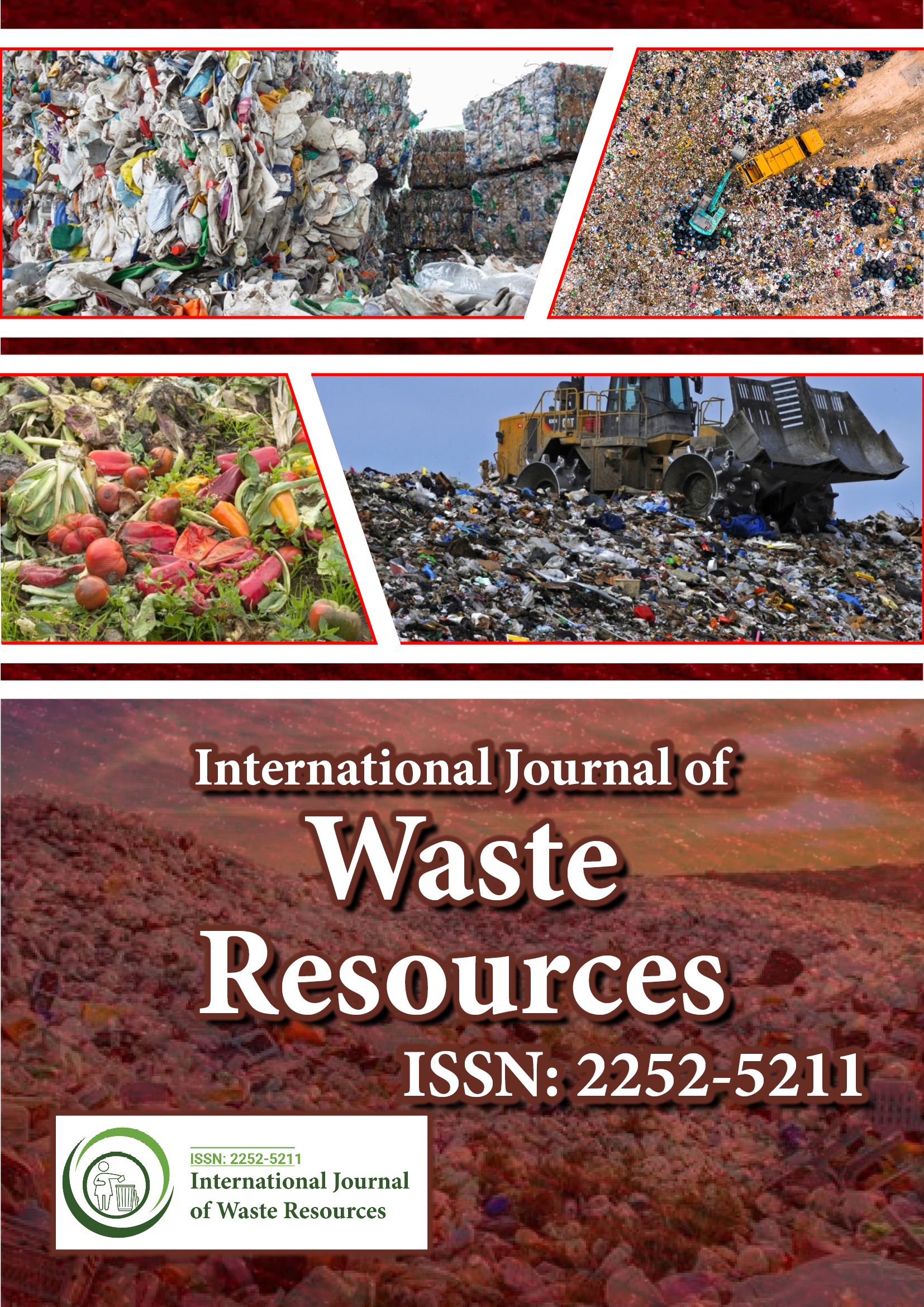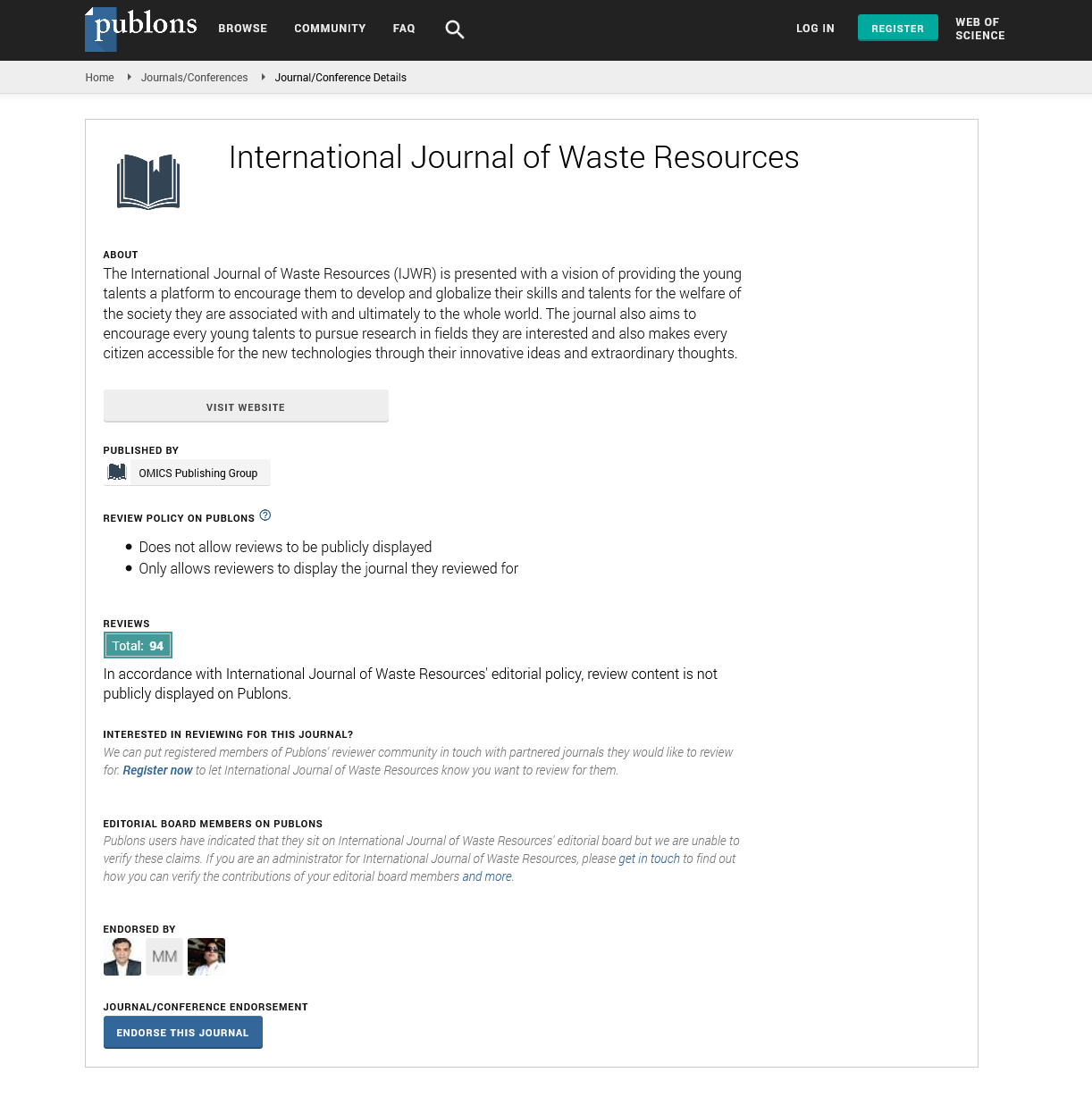Indexed In
- Open J Gate
- The Global Impact Factor (GIF)
- Open Archive Initiative
- VieSearch
- International Society of Universal Research in Sciences
- China National Knowledge Infrastructure (CNKI)
- CiteFactor
- Scimago
- Ulrich's Periodicals Directory
- Electronic Journals Library
- RefSeek
- Directory of Research Journal Indexing (DRJI)
- Hamdard University
- EBSCO A-Z
- Publons
- Google Scholar
Useful Links
Share This Page
Journal Flyer

Open Access Journals
- Agri and Aquaculture
- Biochemistry
- Bioinformatics & Systems Biology
- Business & Management
- Chemistry
- Clinical Sciences
- Engineering
- Food & Nutrition
- General Science
- Genetics & Molecular Biology
- Immunology & Microbiology
- Medical Sciences
- Neuroscience & Psychology
- Nursing & Health Care
- Pharmaceutical Sciences
Abstract
Comparison of UV Concentration Geometries as an Element Capable for the Increment of the Photocatalytic Efficiency of Advanced Oxidation Processes, Inside the Annular Batch Systems
Tonahtiuh Rendon, Fernando Hernandez and Juan Castillo
The present research examines the efficiency achieved by the implementation of two collectors of ultraviolet radiation in an annular batch type photochemical reactor. The first geometry corresponds to a concentric cylinder with the source of radiation, which consists in a media mercury lamp with 1000 watts of power. The second dispositive is constitute by the implementation of two compound parabolic collectors, opposed in their aperture areas, with a concentration factor equal to one and an acceptance angle of 90° . The obtained results shows the capacity of both geometries to increase the efficiency of the system during the Blue Erionyl A-R acid dye degradation, dissolved in aqueous media, by the application of Advanced Oxidation Processes, in an homogeneous phase of ultraviolet radiation and H2 O2 catalyst application. By the use of 0.05 mL per liter of hydrogen peroxide at 50% as a ●OH radicals source, and a colorant concentration of 50 ppm, the collectors allows the 98.4 and 100% of the dye photochemical degradation into a experimental time of 5 minutes, So the experiments registering a system efficiency increasing around of 3.4 and 5.5% respectively. Unlike the original system, and of the cylindrical collector application, the opposite compound parabolic concentrators showed a better capacity to degrade the intermediate products, that are been produced during the mineralization process of the textile compound and absorbs light radiation at wavelengths included between 230 and 480 nm. This promotes a water treatment process time decrement and an electrical energy savings.

